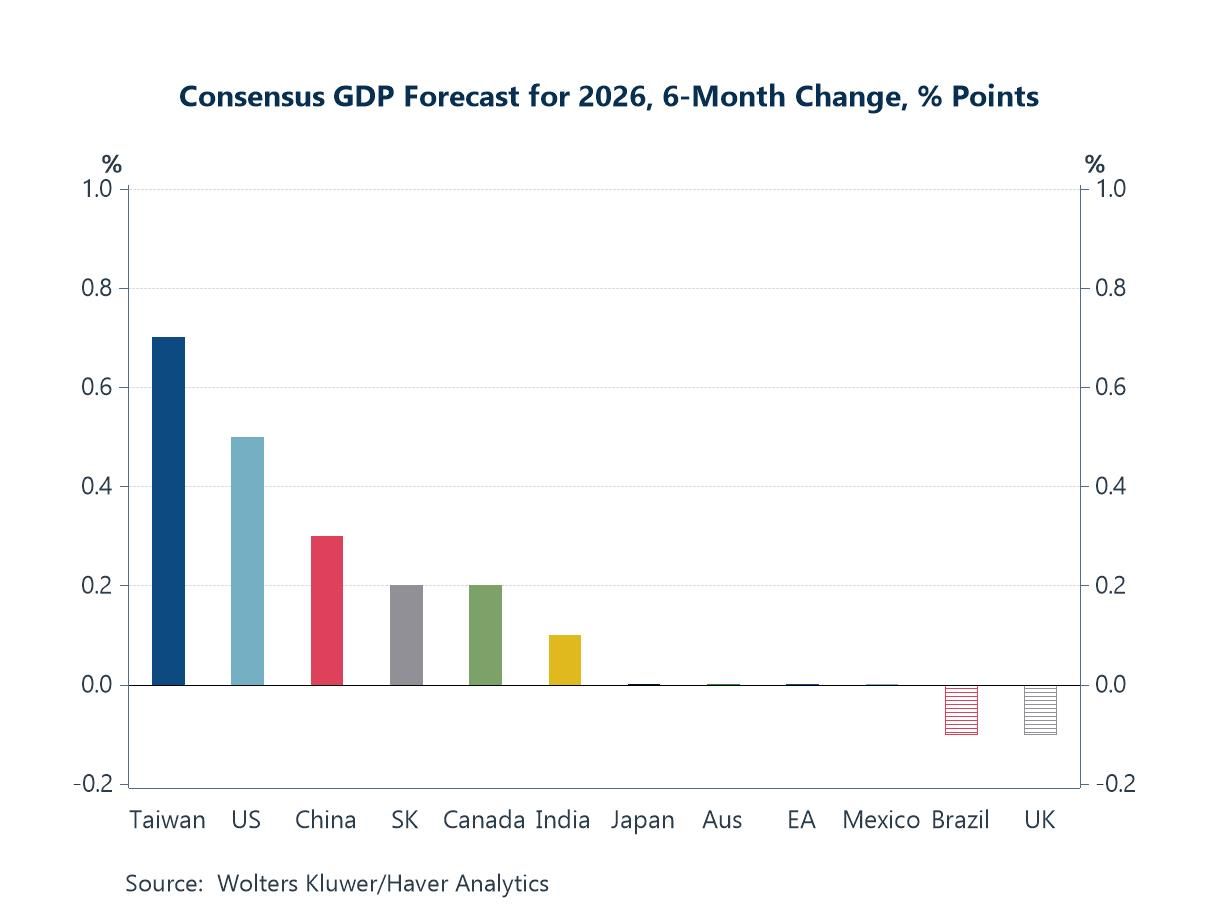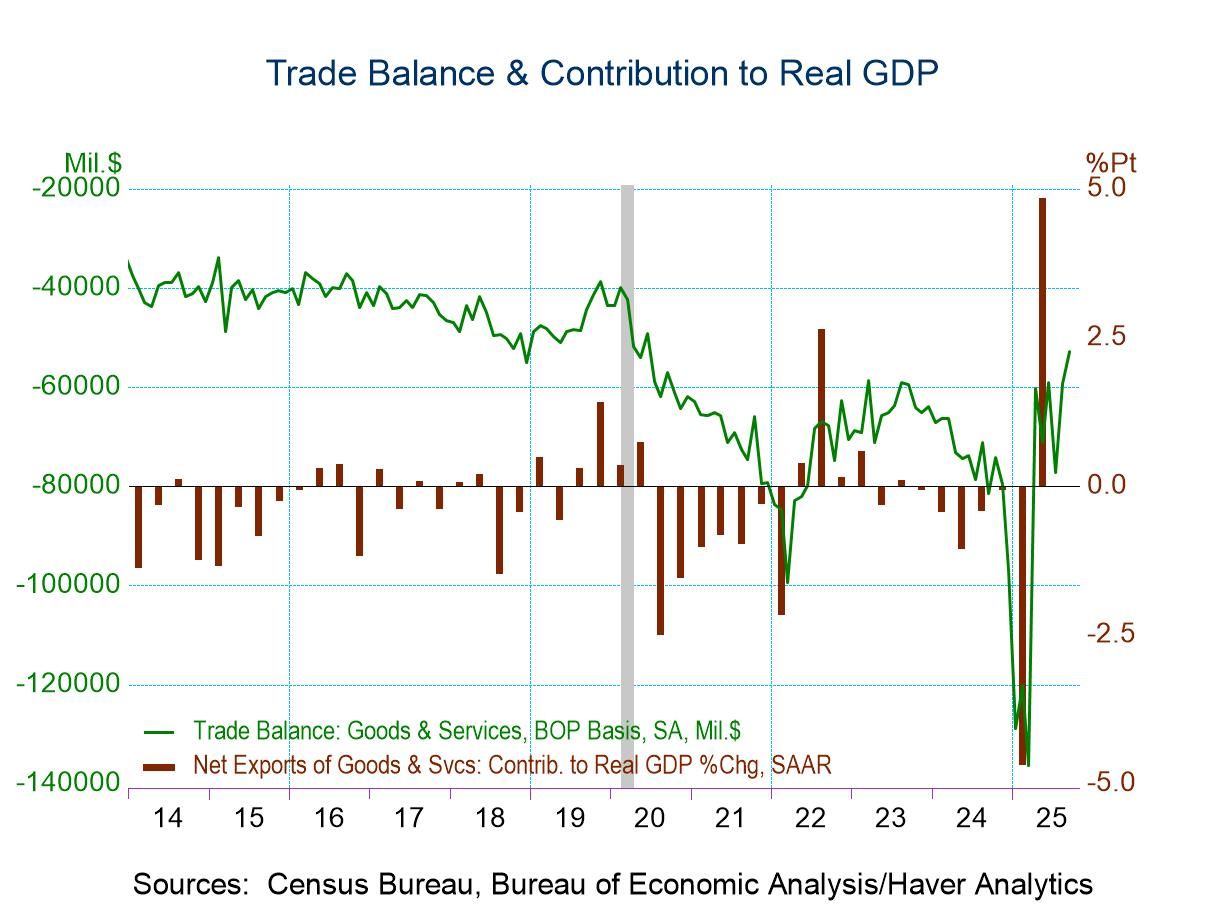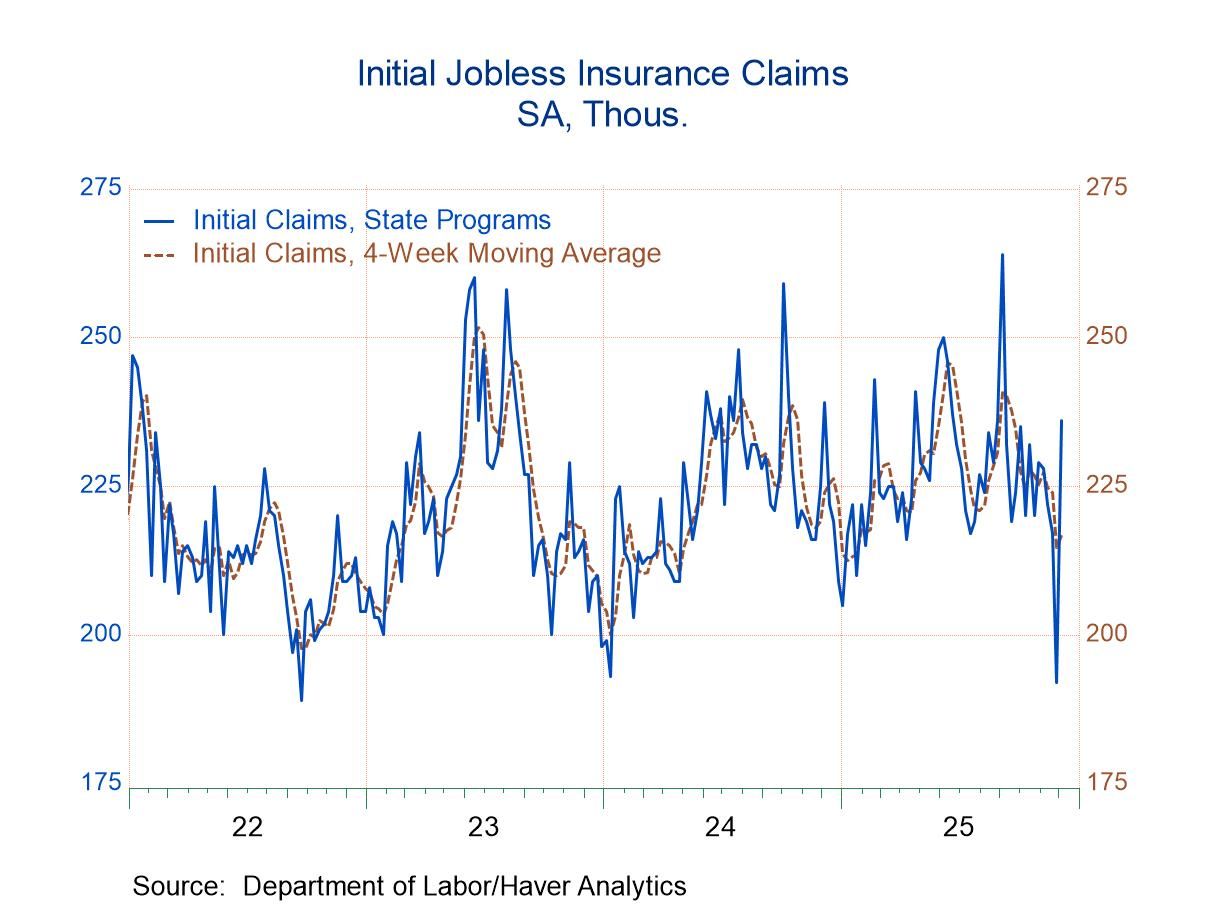French Industry: Climate Improved on Mixed Signals

The French industry gauge from INSEE edged higher, rising to 100.3 in July from 100.0 in June. Despite the increase the standing for the climate gauge is at its 40.4 percentile. That leaves it below 50, the level that marks its median value.
The percentile standings in the table are telling. For production, the personal likely trend is at an anemic 6.9 percentile standing. That response tells us that the likely trend for production in the respondents’ own industry is exceptionally low. Interestingly respondents to this survey – quite different from being in denial- are much more downbeat on their own prospects compared to industry overall where the recent trend is higher on the month at +8.8, up from +2.6 in June. The recent trend also has a standing in its 57th percentile. While industry overall performs solidly, firms are very worried about their own prospects.
External demand is king Orders and demand overall have a 49.4 percentile standing, essentially on top of their historic median. And foreign orders, that improved sharply to -5.7 in July from -15.0 in June, have a 74.5 percentile standing - much stronger than for orders and demand overall. France seems to have a lot of its stimulus and support coming from external demand.
Meanwhile, inventory levels rank high at an 88.3 percentile standing. This is not a good sign. When demand weakens inventories often are ‘the residual’ that firms can’t control. As firms move to cut orders in a weakening environment, there are always lags, goods in shipment, and if sales continue to weaken, inventories will continue to pile up as a result.
Own-prices rose in July while the manufacturing price level response slipped to +4 in July from +7.1 in June. Respondents own likely price level has a 63.6 percentile standing compared to a standing at its 38.1 percentile standing for manufacturing prices. For services inflation forces are much stronger.

Services The graph, at the top of this article, shows both the service and manufacturing sectors are slipping on trend. Services slipped month-to-month as well. The July services gauge at a standing of 49.0% is slightly below its median, but it is above its average (see Table below). The smoothed climate comparisons have somewhat stronger standings as the index is currently sinking, making the smoothed lagged data stronger than current data.
The outlook for the sector slipped in July and has a near-median 49.8 percentile standing. Sales observed and expected show both readings below their respective averages; expected conditions show slightly more resilience.
Sales prices observed and expected both still show high 90th-plus percentile standings. Inflation still rules the roost here much mor than in manufacturing.
French observed employment trends for 3-months have a weak, well-below 50-percentile standing whereas expected trends just nudge over 50% with a 51-percentile standing.
All the French survey results look somewhat uneven. There is nothing in either survey that looks strong- a few things look somewhat firm. The best activity gauge is the ranking for demand from foreign demand for manufacturing. That’s an ominous situation with manufacturing slowing globally.

Robert Brusca
AuthorMore in Author Profile »Robert A. Brusca is Chief Economist of Fact and Opinion Economics, a consulting firm he founded in Manhattan. He has been an economist on Wall Street for over 25 years. He has visited central banking and large institutional clients in over 30 countries in his career as an economist. Mr. Brusca was a Divisional Research Chief at the Federal Reserve Bank of NY (Chief of the International Financial markets Division), a Fed Watcher at Irving Trust and Chief Economist at Nikko Securities International. He is widely quoted and appears in various media. Mr. Brusca holds an MA and Ph.D. in economics from Michigan State University and a BA in Economics from the University of Michigan. His research pursues his strong interests in non aligned policy economics as well as international economics. FAO Economics’ research targets investors to assist them in making better investment decisions in stocks, bonds and in a variety of international assets. The company does not manage money and has no conflicts in giving economic advice.





 Global
Global
